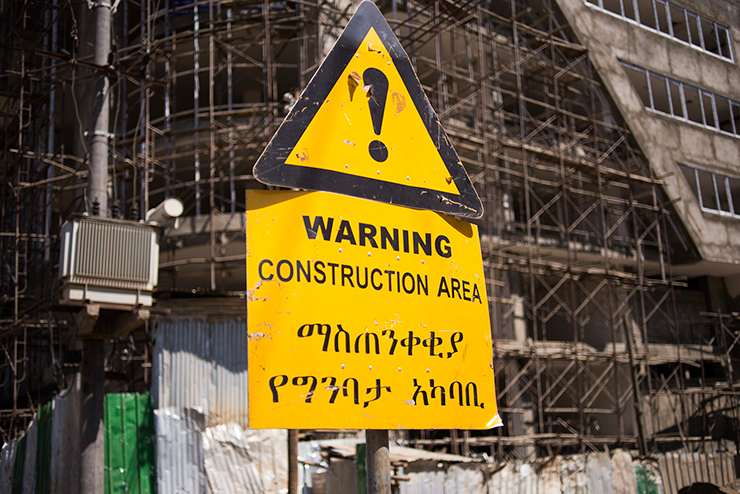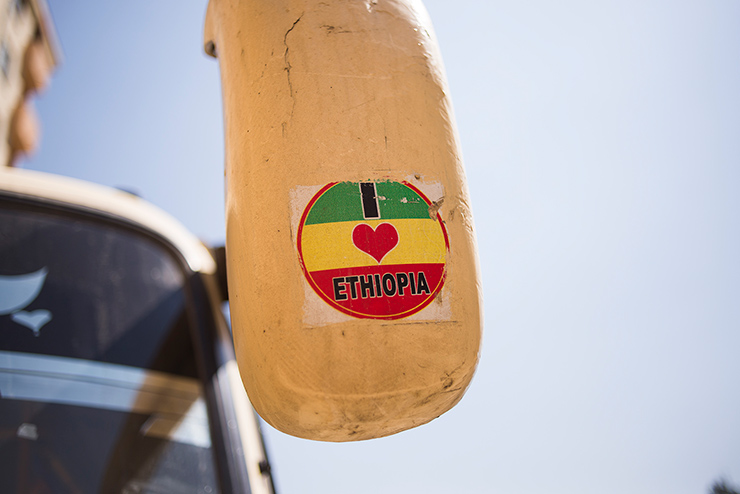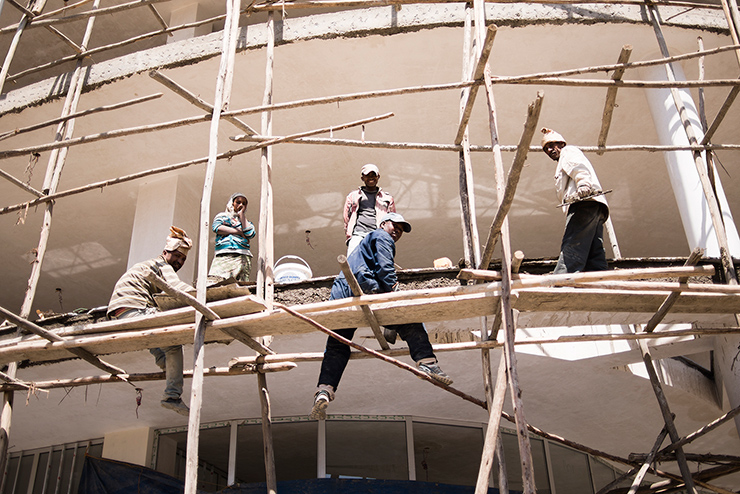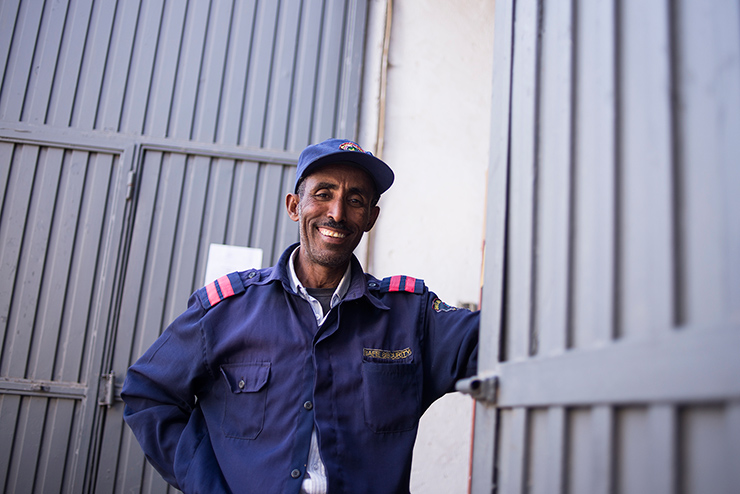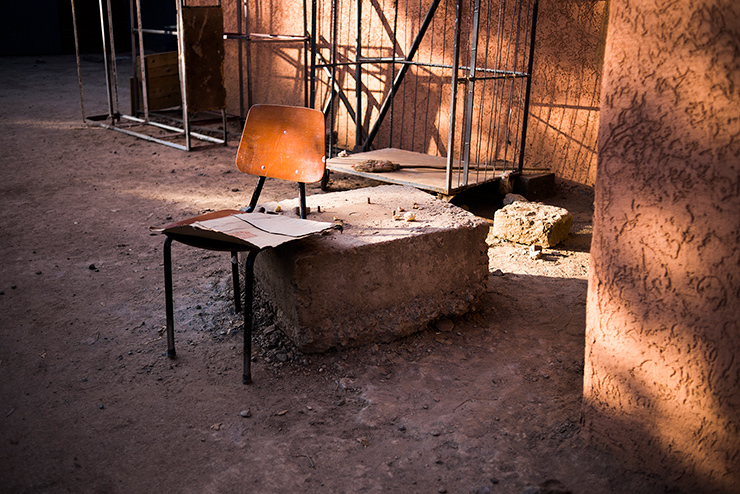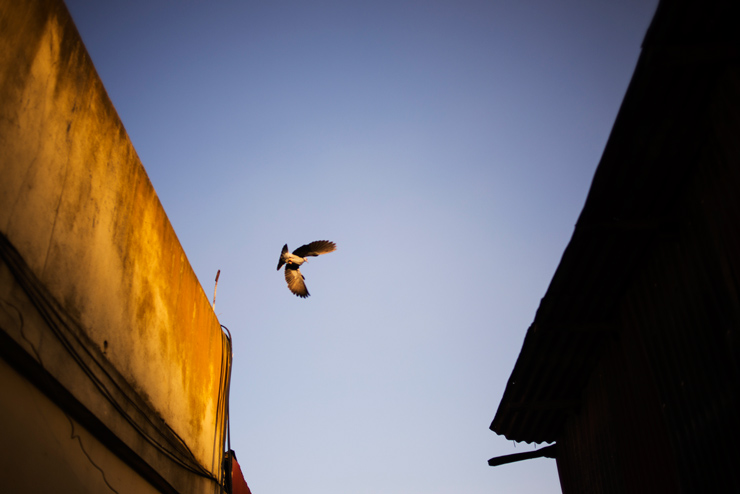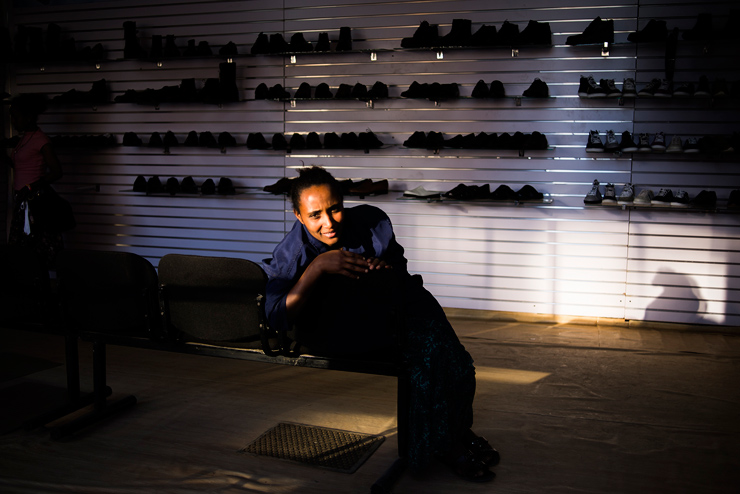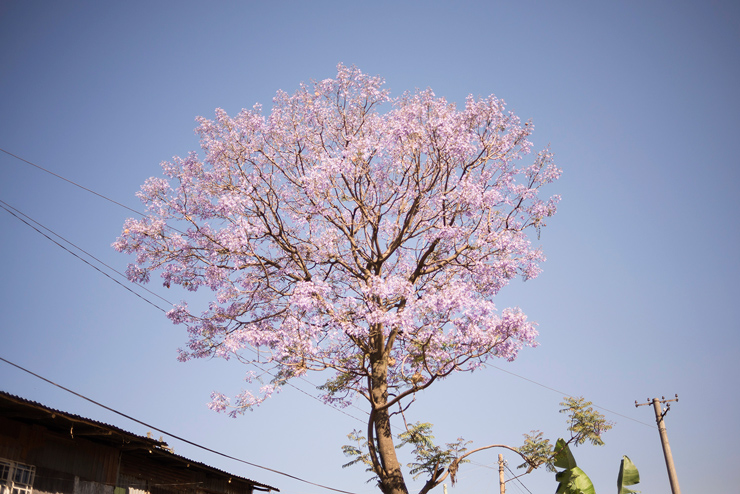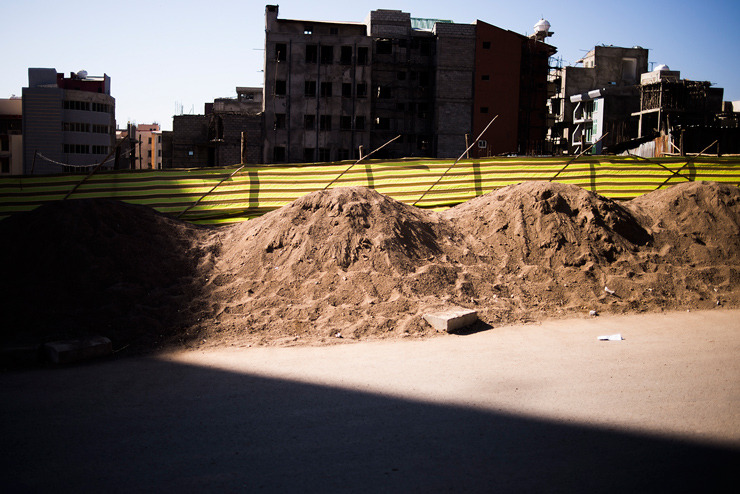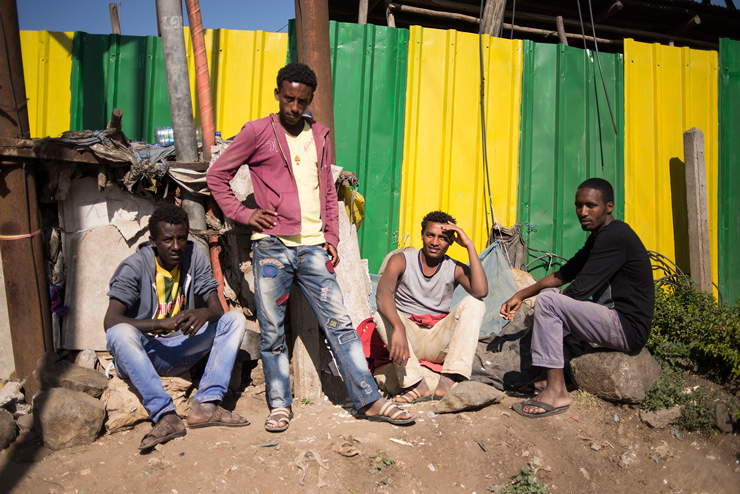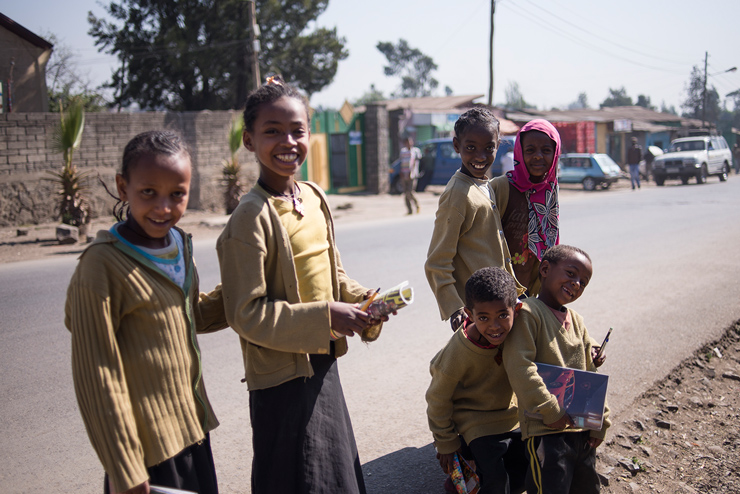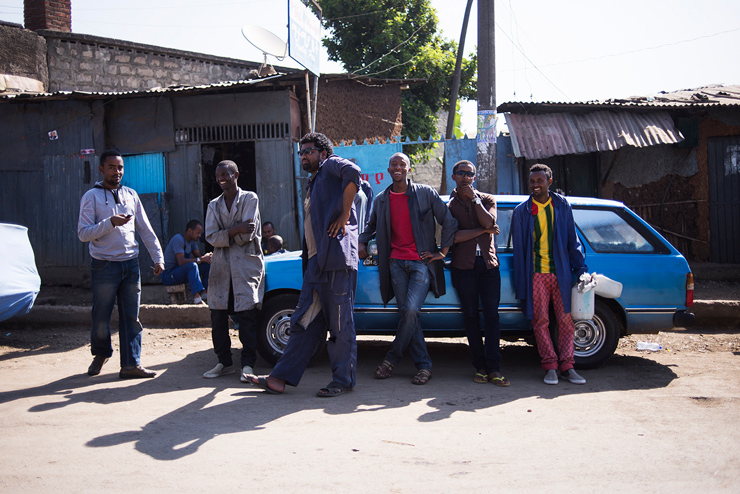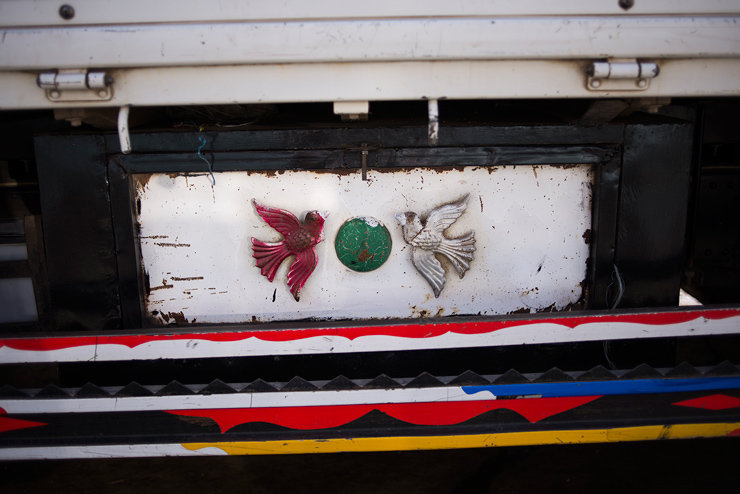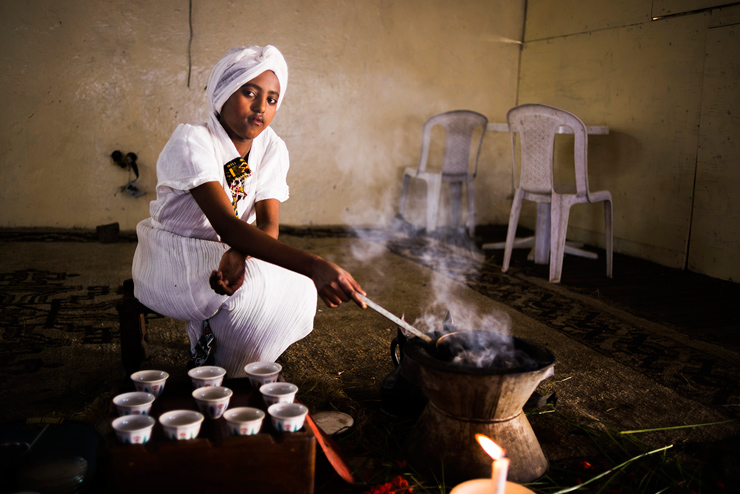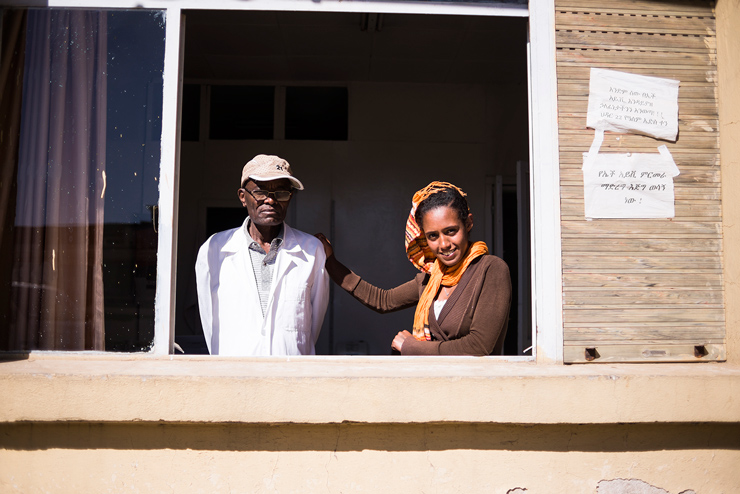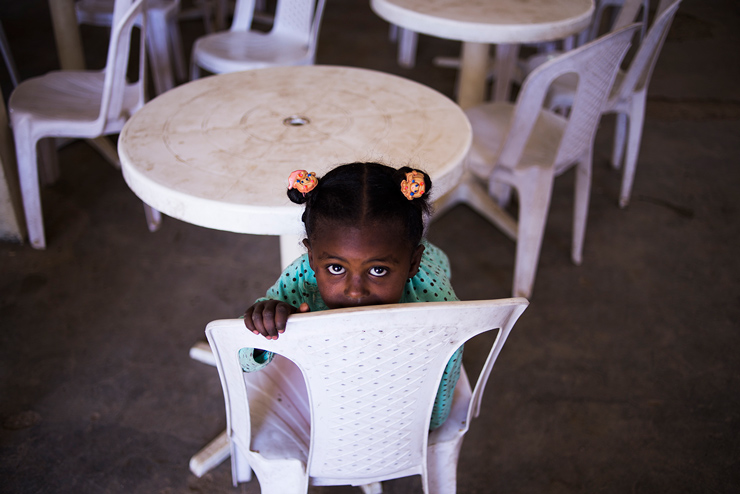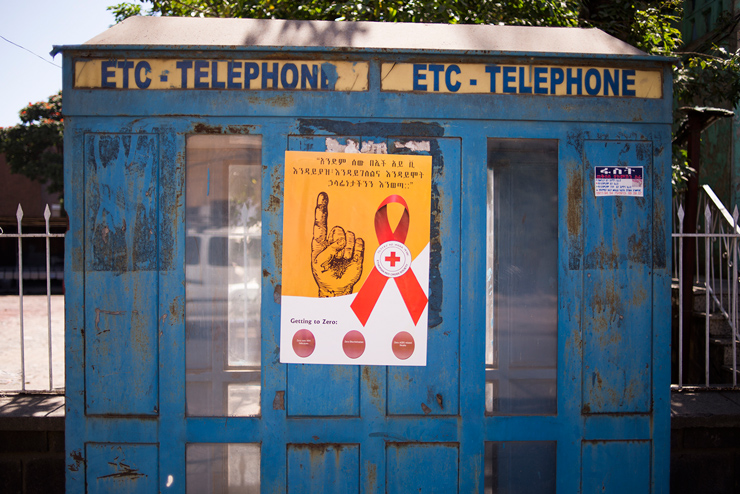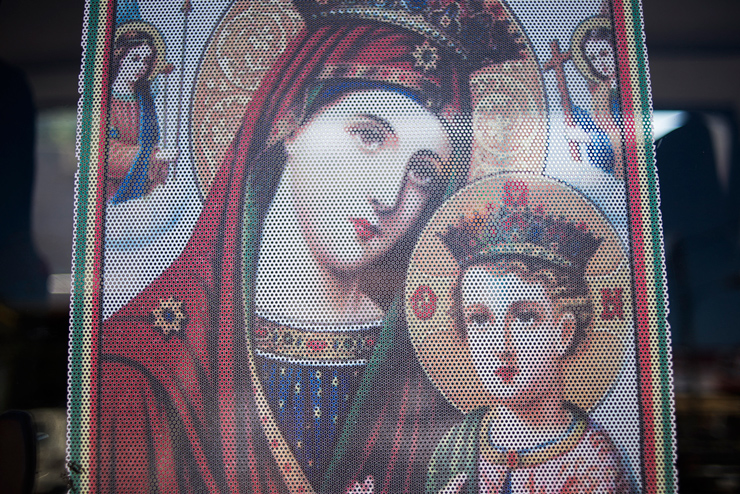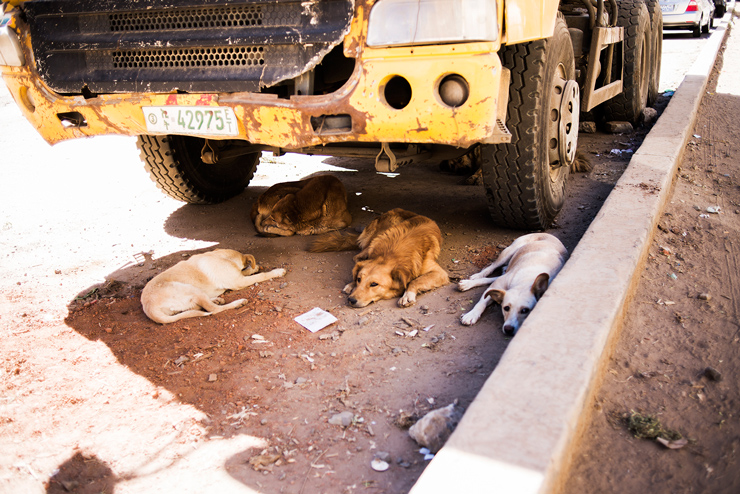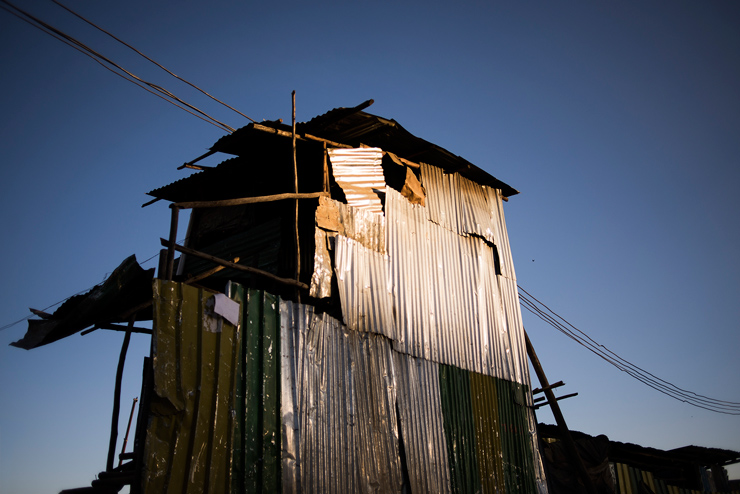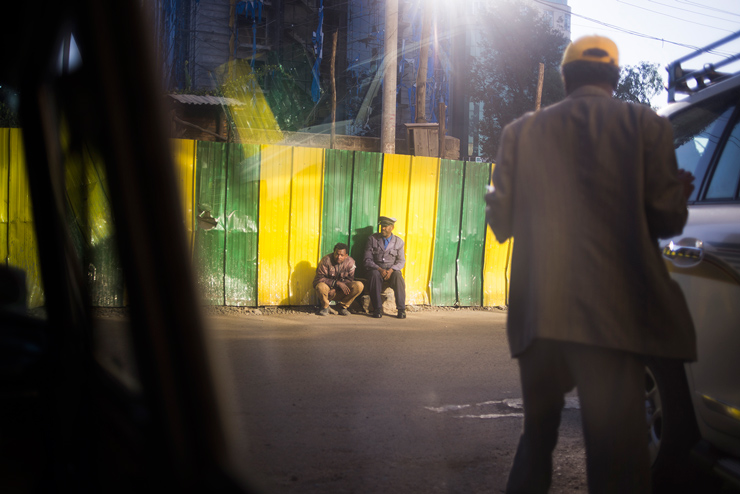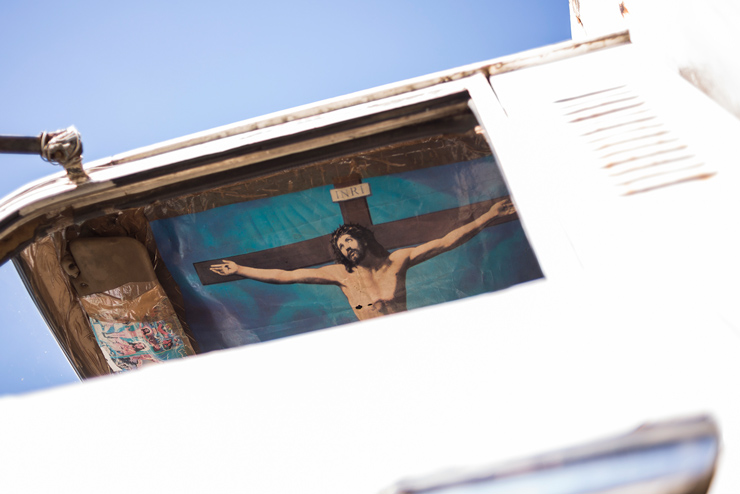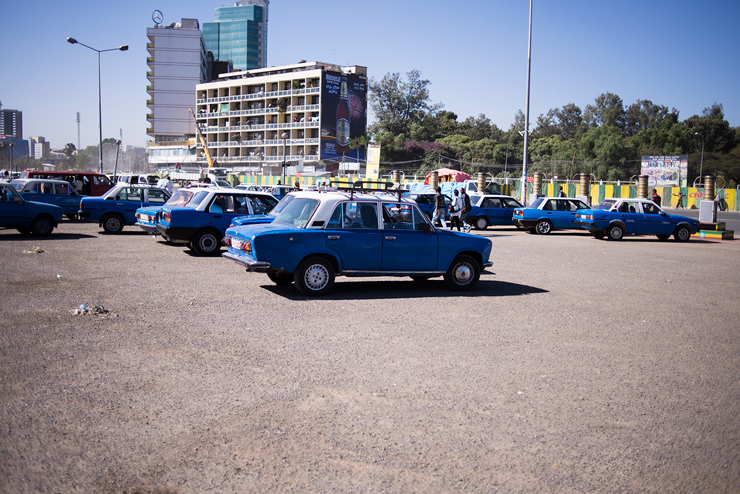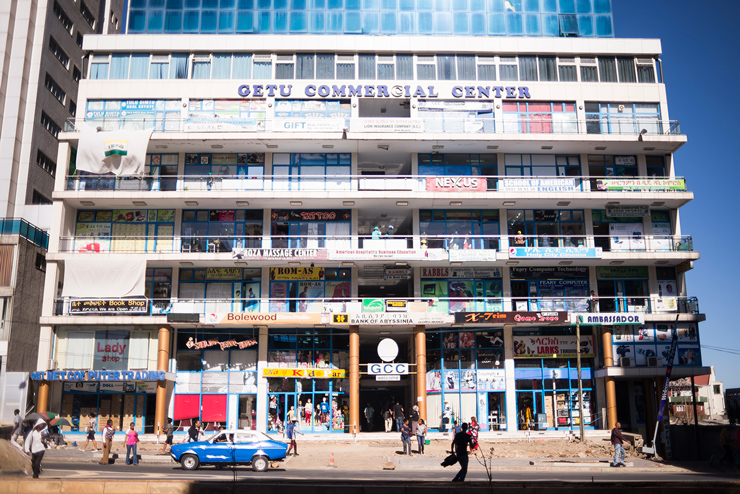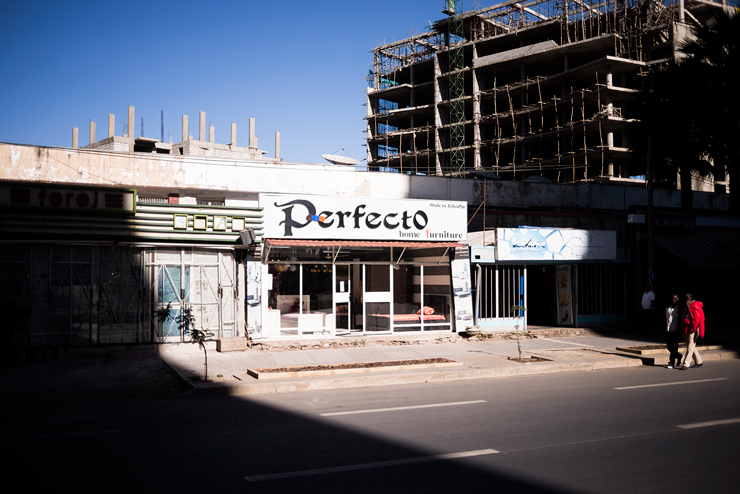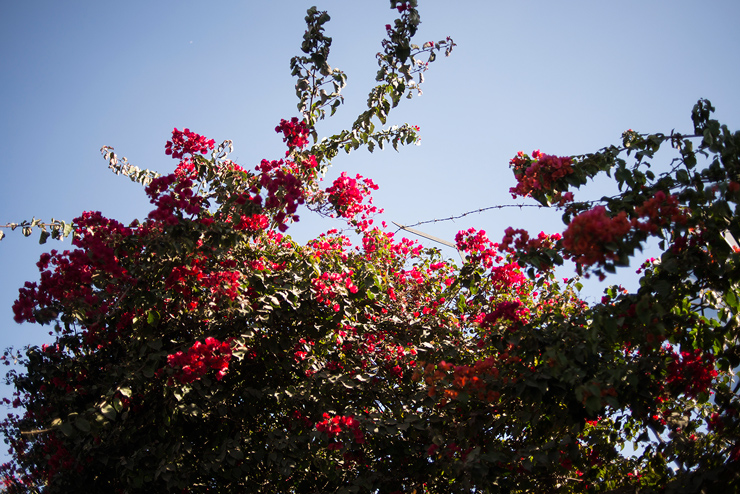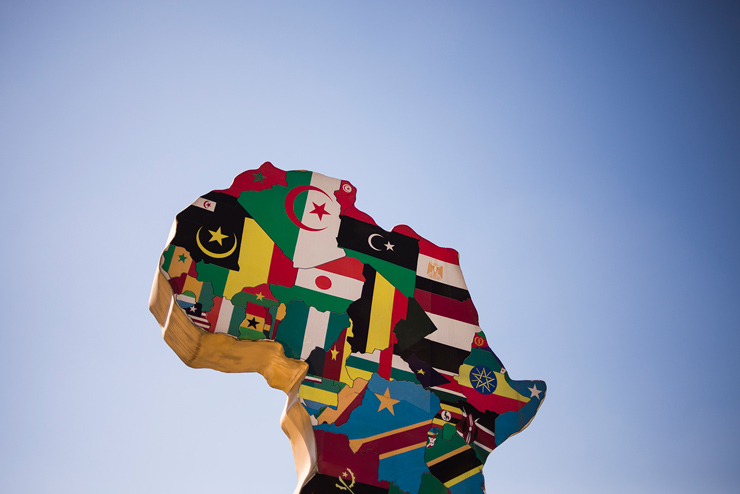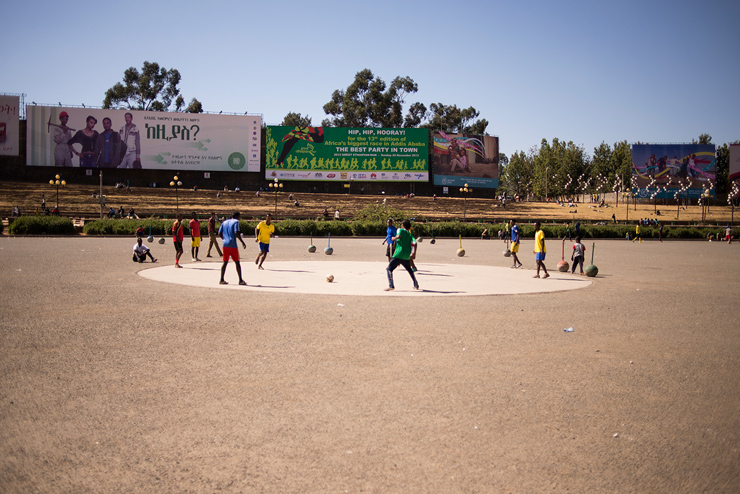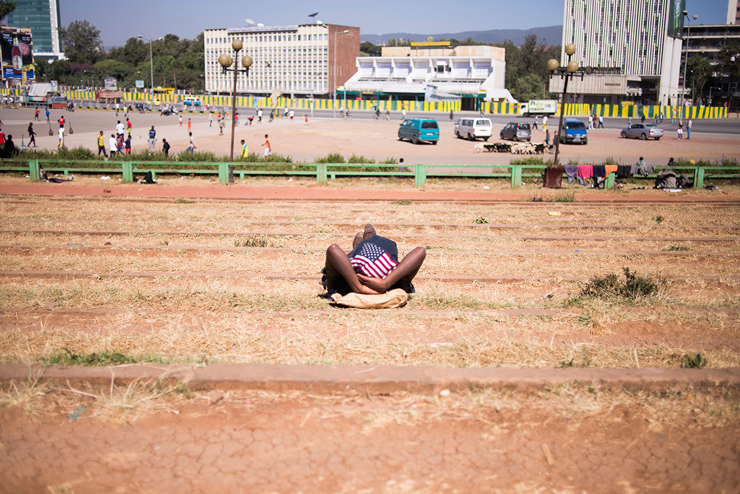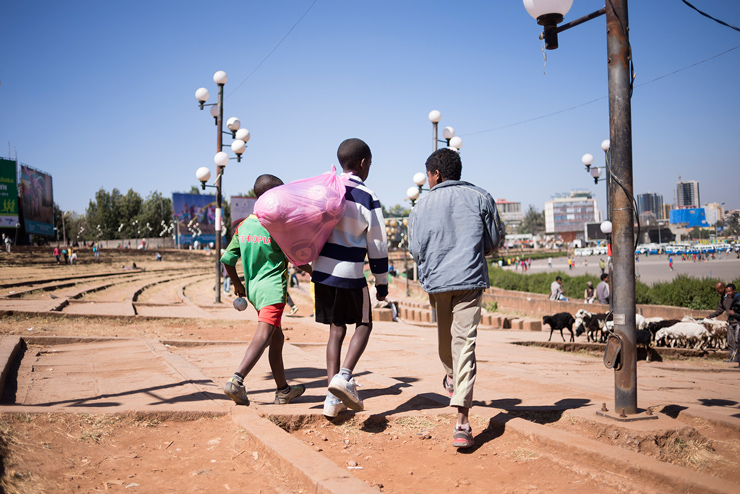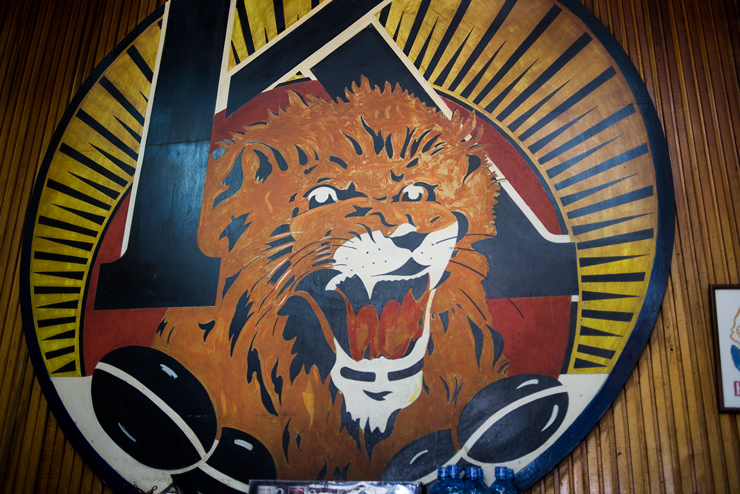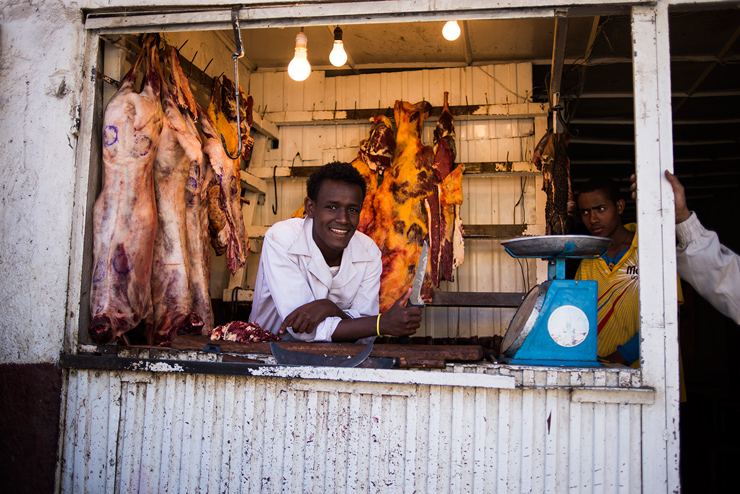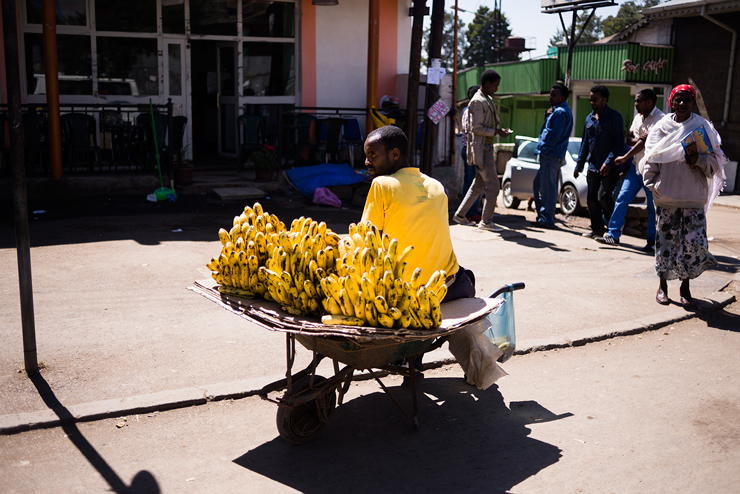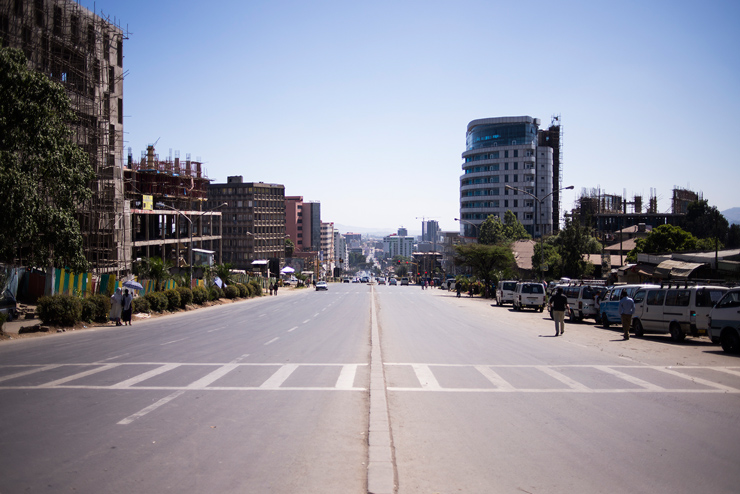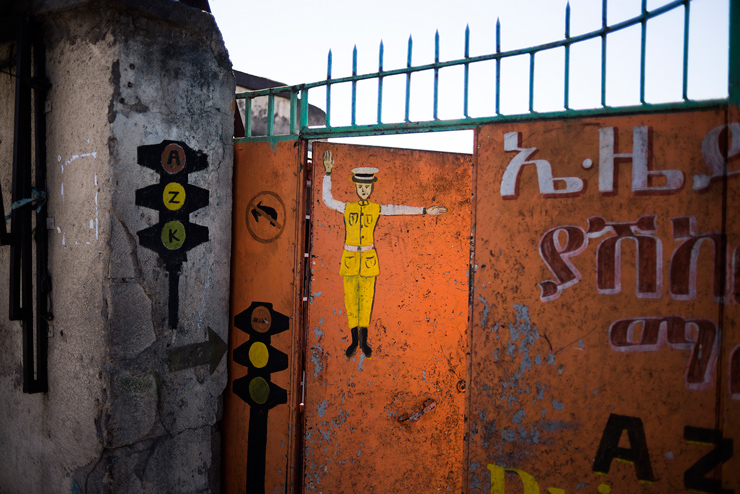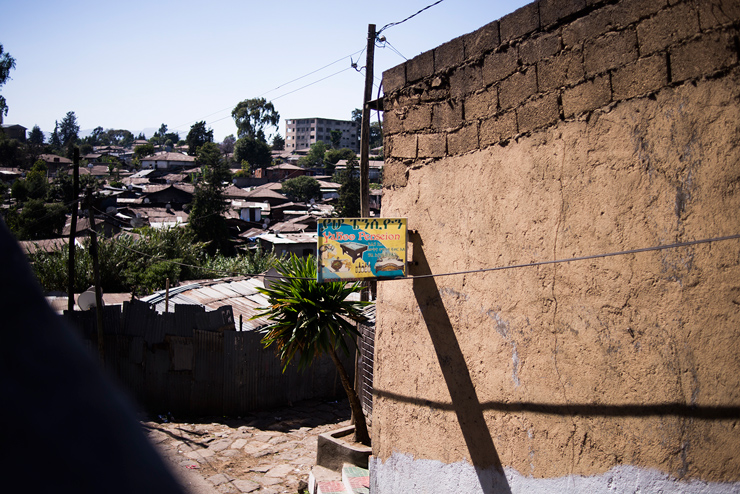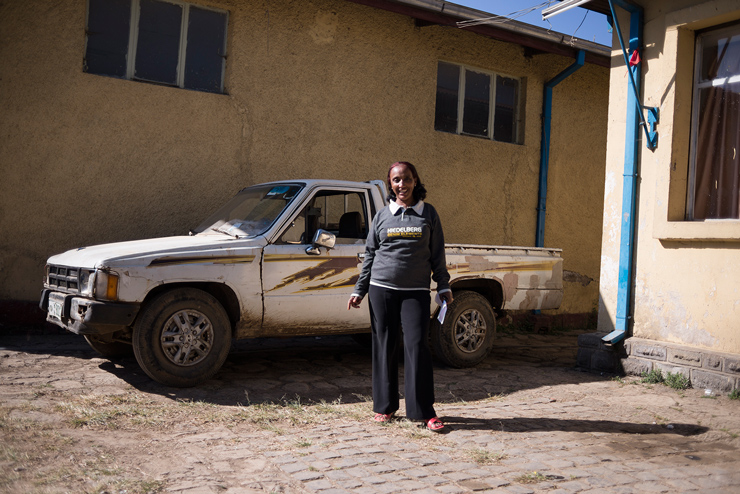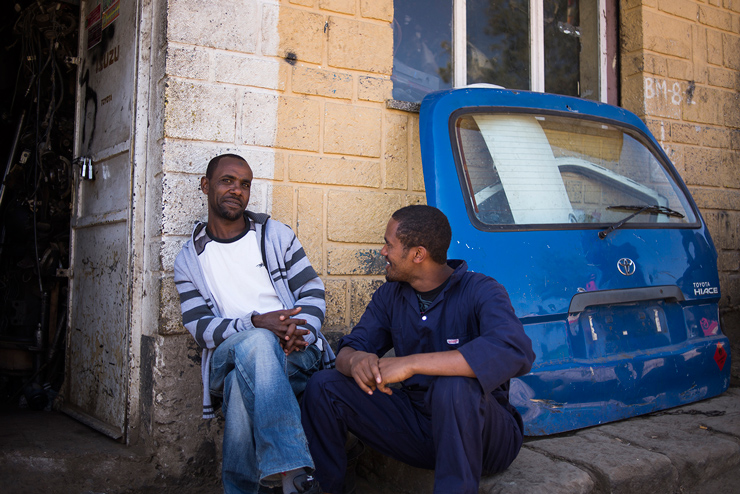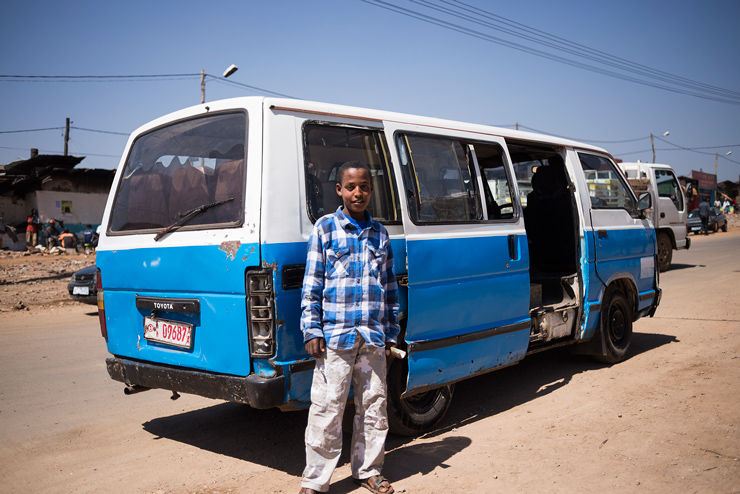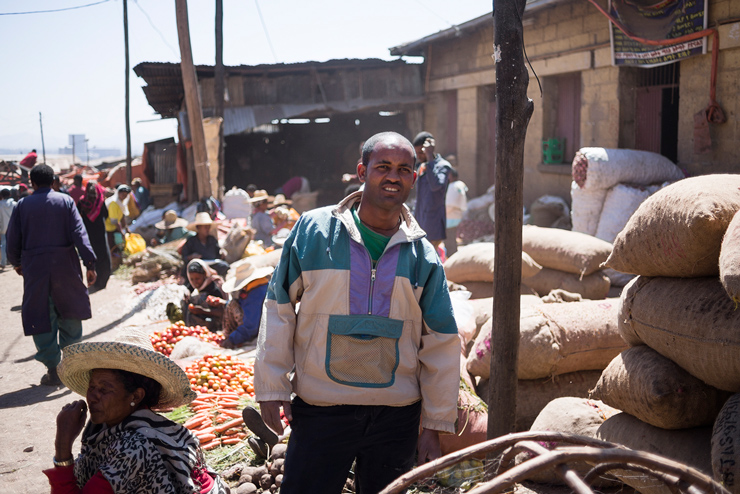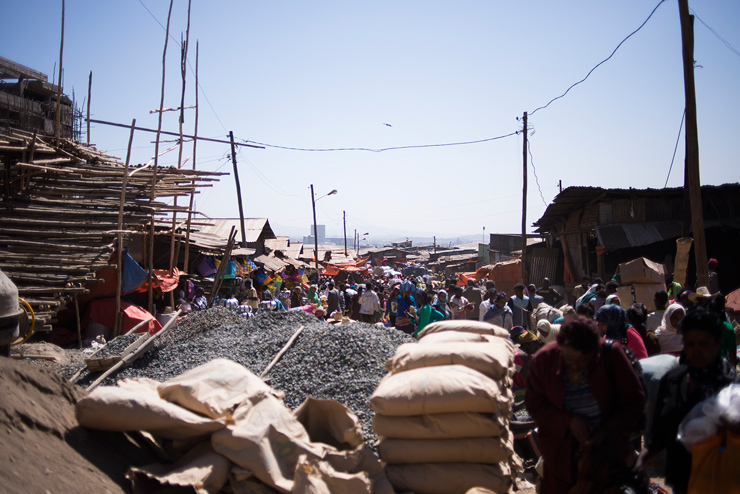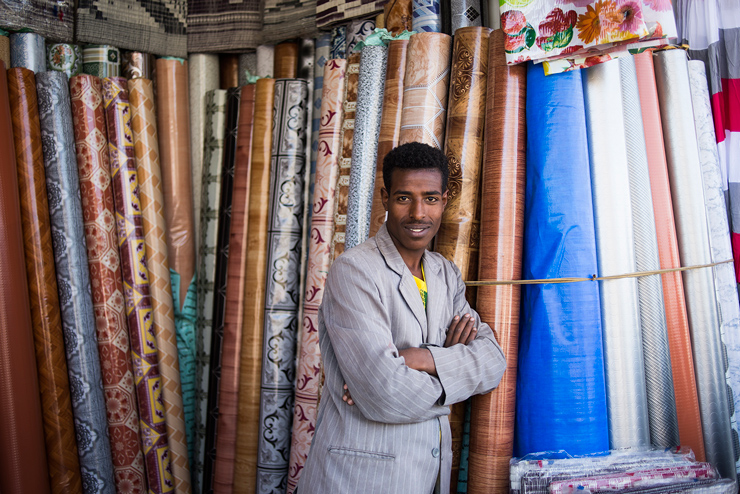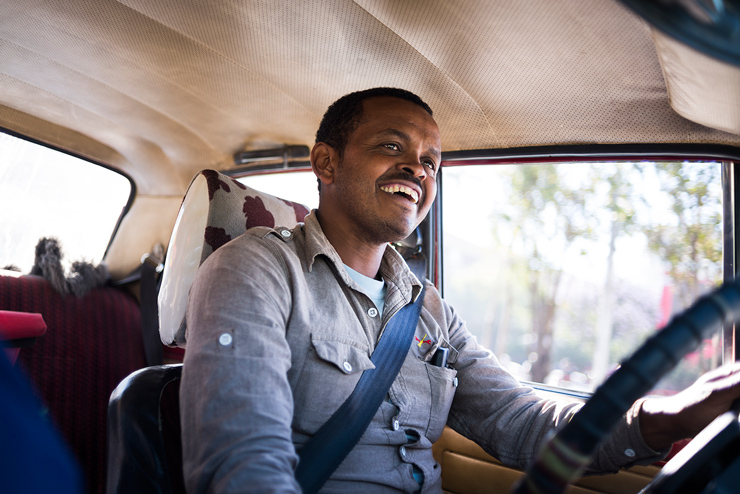What’s Happened
Addis Ababa: We’re all Ethiopian
Just before Christmas we were lucky enough to visit Addis Ababa, the capital of Ethiopia.
You read a lot in the press now about the boom in Africa, how some countries there are growing very quickly, their economies recording double-digit growth at a time when globally things are sluggish. It’s a boom sparked by international investment and growing trade, increasing political stability, improved infrastructure and near-universal access to the good old mobile phone. Ethiopia is one of those countries.
Ethiopia is a very, very old place with a very rich history. After finding the bones of Lucy, a 3.2 million year old hominid discovered there in 1974, some scientists suggest that maybe this is the place we all came from. First the stars, then Ethiopia and now here we are! The Axum empire which covered Ethiopia, Eritrea and part of the Arabian peninsula was the world’s first major empire to adopt Christianity in 324 AD, just before Rome. It was the only African country to defeat a European colonial power and stay an independent country during the colonial ‘Scramble for Africa’ so the roots to their own culture remain very strong and deep… though you can detect a little Italian influence here and there. Coffee was first cultivated there before spreading around the world. And of course this is a land of world-famous long distance runners.
It’s a land of contrasts, with mountains, lakes, wolves and cold air in the North, and extreme heat and harsh landscapes to the East. Addis Ababa is a city of about 8 million people at an altitude of 2,500 meters up in the mountains. It’s not the world’s most beautiful city, but it is positively alive with energy and human warmth and it’s for sure the biggest baustelle we’ve ever seen. They are building on almost every square centimetre of the city: new offices, new housing, new malls, new roads, new trains, new hotels, the list goes on and on.
Addis is the headquarters of the African Union and the base of many NGO’s that work in Africa. So it’s normal to see road blocks, delegations, diplomats and quite a heavy security presence. Though there is trouble in the countries that surround Ethiopia (South Sudan, Somalia, Kenya), it felt very safe and calm and the price for that may be the highly visible armed forces about the place. They try to project an air of toughness, but given the average Ethiopian’s natural state of cheeriness, they don’t always pull it off.
The people in Addis are so friendly and warm and far, far richer in smiles than us people from the so-called developed world. Despite all the brightness, there’s no doubt that life can be hard here and that makes their attitude to life all the more special. They are justifiably proud of their county and their culture. They are polite and charming and very happy to talk but they graciously leave you in peace if you’re not in the mood to chat. And this may well be the country we’ve visited with the most beautiful population. They are very, very handsome indeed. The roads are full of pick-up trucks which as everyone knows are the only cars worth driving. There’s great music everywhere, the food is light, healthy and spicy and the weather comfortable. The dust, pollution and traffic jams were the only slight downsides to this fantastic city, though if you venture out into the hills that surround the city and you are bathed in cool, fragrant air.
Given how lovely the people are and how vibrant the city was, we were very surprised to see so few tourists. It’s a big, amazing country with a lot to see, so get off the beaten track, go pay it a visit and open your heart to Ethiopia.
The last photo is of Firengi, the best DJ Taxi driver in Addis Ababa. We made a little film of him in action, so you can see what the streets of this city feel like.
